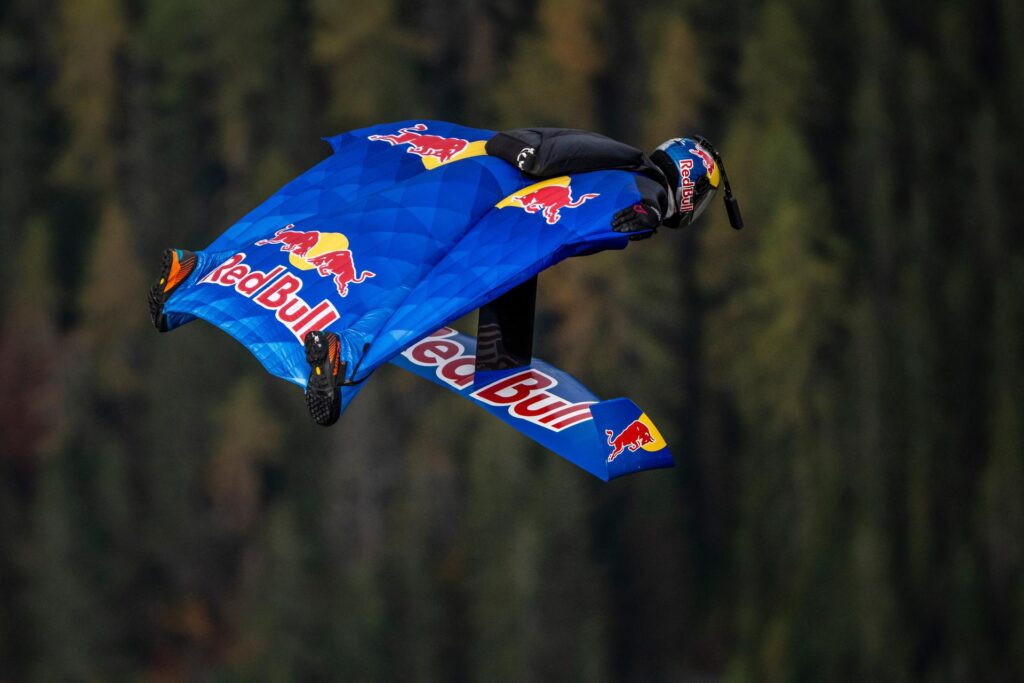In the realm of extreme sports, few individuals have captured the spirit of innovation and audacity quite like Austrian aerial stuntman Peter Salzmann. Known for his relentless pursuit of pushing wingsuit capabilities beyond conventional limits, Salzmann embodies the very essence of human fascination with flight. His latest feat, involving a revolutionary foil system to enhance lift and extend flight time, marks a new chapter in his mission to emulate bird-like freedom in the skies. This piece explores Salzmann’s journey from strapping on electric propulsion to his latest, boundary-pushing project that redefines the human potential for flight.
The Genesis of an Aviation Maverick
Salzmann’s love for flying began early, stemming from childhood dreams of defying gravity. Initially a skydiver, he quickly developed a reputation for taking conventional aerial stunts and transforming them into high-concept experiments. His early feats set the stage for more ambitious projects, such as his connect with BMW i in 2020 that saw him integrating electric propulsion into a wingsuit. This project marked a significant milestone in both his career and the broader world of aerial sports, as it represented the first time such a system was successfully tested and demonstrated.
Highlights of Salzmann’s Electric Wingsuit Project:
– Partnership with BMW i: The integration of sustainable technology in the field of extreme sports.
– Electric Propulsion Mechanism: A 15 kW motor capable of producing thrust for extended flight.
– First Successful Flight: A monumental moment where Salzmann soared across the Austrian Alps, proving that powered human flight was not just science fiction.
From Propulsion to Lift: The Birth of the Foil System
After the groundbreaking success of his electric propulsion wingsuit, Salzmann set his sights on tackling the challenge of enhancing lift to prolong flight time without relying on motorized propulsion. The inspiration behind this move was rooted in his admiration for natural flight mechanics observed in birds and gliders. Salzmann believed that by enhancing aerodynamic efficiency, wingsuit flyers could sustain flight longer and with greater control.
The Foil System Explained:
– Material Composition: Constructed from ultra-lightweight carbon fiber for minimal drag and maximum strength.
– Design: Modeled to mimic the aerodynamics of a bird’s wing, allowing dynamic adjustment mid-flight.
– Functionality: The system is built to distribute air more effectively across the wingsuit, thereby increasing lift and enabling longer, smoother flights.
Engineering Challenges and Breakthroughs
Developing a foil system capable of transforming human flight was no small feat. The project required extensive connection with aerospace engineers and aerodynamic specialists. One of the main hurdles was creating a structure that would not impede the maneuverability that wingsuit pilots depend on. The team experimented with various materials and configurations, eventually settling on a modular design that allows pilots to make real-time adjustments during flight.
Key Engineering Obstacles:
– Weight vs. Durability: Balancing lightweight materials without sacrificing structural integrity.
– Turbulence Management: Ensuring that the foil system could withstand sudden air shifts without destabilizing the pilot.
– Ergonomics: Integrating the foil seamlessly into the wingsuit to avoid additional bulk.
A Groundbreaking Test Flight
Salzmann’s first test of the foil-equipped wingsuit was a spectacle that captured the attention of aviation enthusiasts worldwide. The test took place over a remote mountain range in Austria, chosen for its complex wind patterns and varying altitudes. The flight was documented by a team of camera drones and a helicopter, capturing every pivotal moment as Salzmann soared into the sky, seemingly floating longer than any wingsuit had before.
The Science Behind Enhanced Lift
To understand why Salzmann’s new system is a game-changer, it’s essential to delve into the aerodynamics involved. Traditional wingsuits work by increasing the body’s surface area to generate lift, relying heavily on the pilot’s skill and body positioning. Salzmann’s foil system takes this concept a step further by integrating an active surface that redistributes air pressure, creating a more stable and sustained lift.
Impression
Salzmann’s work holds significant implications beyond the realm of extreme sports. Innovations such as the foil system have the potential to inform future aerospace technologies, especially in the development of personal flight devices and ultra-light aircraft. By pushing the boundaries of what can be achieved with non-motorized lift, Salzmann’s experiments contribute valuable data that could inspire the next generation of sustainable aviation.
Inspiring a New Era of Aerial Enthusiasts
Beyond the scientific and technological breakthroughs, Peter Salzmann’s feats reignite humanity’s timeless dream of flight. His endeavors encourage a new wave of aerial enthusiasts to think beyond traditional boundaries, combining art, technology, and raw courage. His dedication showcases that innovation often lies at the intersection of passion and risk.
Peter Salzmann’s continual push toward perfecting human flight isn’t just about daring stunts; it is a symbol of humanity’s relentless quest for freedom in the skies. By swapping out electric propulsion for a sophisticated foil system, Salzmann is redefining what it means to fly. Each flight he takes not only propels him but propels human ambition, inching us ever closer to the ultimate dream of gravity-defying, bird-like flight.
As Salzmann and his team continue to innovate, we are reminded that true progress in extreme sports—and indeed, in any field—emerges not just from mastering what is already possible but from relentlessly pursuing what is not. The journey from wingsuits to powered flight and now enhanced lift systems underscores that while technology may change, the human spirit’s desire to soar remains unwavering.
No comments yet.








